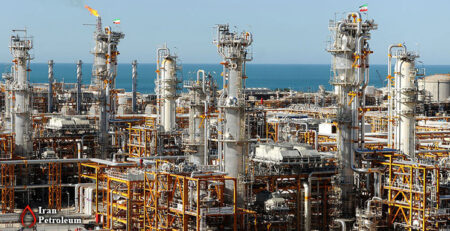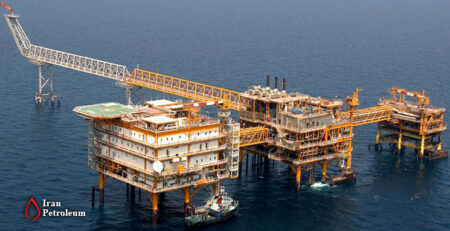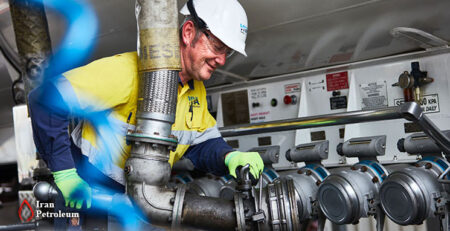The construction of Golestan Petrochemical will resume soon
The construction of Golestan Petrochemical Plant in Golestan Province, which has been halted for several years due to financial constraints, will resume soon.
The executive operations to build the Golestan Petrochemical Complex began 17 years ago; however, the project has made only 20% progress so far, ISNA reported.
Recently, the Persian Gulf Petrochemical Industries Company, as Iran’s largest petrochemical company, has agreed to invest $600 million on the project.
Now, with the allocation of the required funds by the PGPIC, it is estimated that the project will be completed in three years. Upon its launch, the plant will provide 4,200 direct and indirect jobs mostly for the people of the region.
Urea and ammonia production in Golestan Petrochemical
The Golestan Petrochemical is designed to produce 677,000 tons of ammonia and 1,073 tons of urea per year.
Urea and ammonia form the building block of many products, including plastic, textiles, pesticides, fertilizer and resin products.
Urea is widely used as a source of nitrogen for a group of plants, including wheat, barley, sunflower and sugarbeet.
Ammonia is used mainly in the production of fertilizers and chemicals like ammonium nitrate, ammonium sulfate, mono ammonium phosphate, diammonium phosphate and urea.
As Golestan is an agricultural province in northern Iran, the petrochemical plant can meet the needs of the province.
Its surplus production can help increase exports and based on estimates, the gross domestic product of the province will increase by $66.6 million.
Iran is self-sufficient in urea production. In two years, urea production is expected to reach 15 million tons per annum from the current 7.5 million tons with the launch of several new plants.
The country plans to add 8.5 million tons per year to its ammonia output by 2026 with 20 new plants.
Iran’s largest petrochemical company
The Persian Gulf Petrochemical Industries Company had a net profit of $1.9 billion last year, and this year the figure will exceed $2.7 billion tomans, the managing director of the PGPIC said:
“The company has 28 projects worth $15 billion under implementation now,” Abdol-Ali Ali-Asgari said.
PGPIC is a public holding company that manages natural gas processing plants and chemical factories, as well as oil and polymer companies.
As Iran’s largest petrochemical company with 60 subsidiaries, PGPIC accounts for 42% of the national petrochemical production, which is about 70 million tons per year.
The company has an installed capacity of 28 million tons, which will reach 33 million tons in the near future with the launch of new projects.
Moreover, plans are underway to further increase the installed capacity to 46 million tons by 2026.
PGPIC topped the country for several years in such indices as sales index, market value, export volume, profitability and generation of value added. It has invested over $2.3 billion in various projects in the past three years, despite sanctions imposed by the US on the company.
In May 2018, the US pulled out of the nuclear deal signed between Iran and six world powers in 2015 and imposed new sanctions.
The US Treasury Department in June 2019 announced new restrictions on Iran’s petrochemical sector that applied to PGPIC and 39 of its subsidiaries and foreign agents.
This slowed down the progress of PGPIC projects but did not dislodge it, because domestic companies and manufacturers have been filling the gaps and supplying a major part of the equipment.
Publish: May 2, 2023
If you want to order petroleum, petrochemical and chemical products from Iran, please do not hesitate to send Iran Petroleum an email.












Leave a Reply